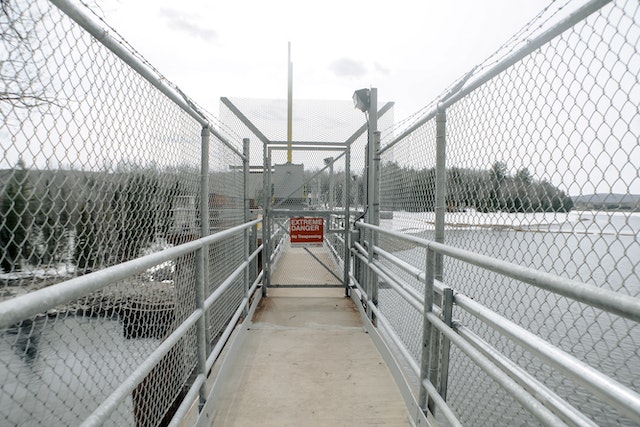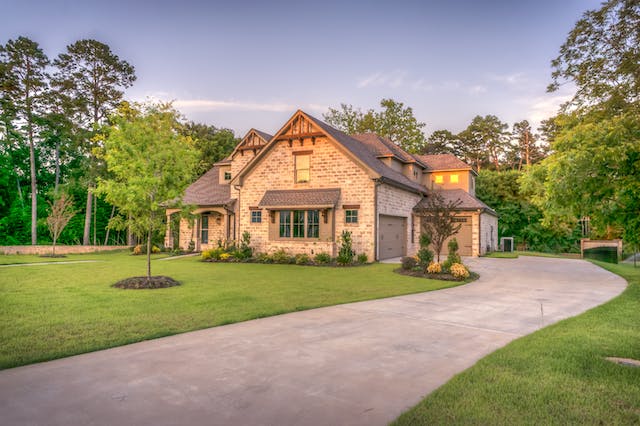There is more focus on security at critical infrastructure, corporate headquarters, military bases, government buildings, and data centres. One of the most effective and integral parts of protection in all such cases is security fencing. However, not all types of security fences and materials are appropriate for safeguarding critical infrastructure against various types of external threats.
In order to keep high-risk targets safe against such threats, it is important to consider alternatives that are not easy to scale, capable of resisting environmental elements, durable, strong, difficult to penetrate, and designed for specific integrated security requirements. Some fencing systems are better suited for a job whether it’s about securing property or people.
Here are a few expert insights to enhance your understanding of the best security fence types for various types of critical infrastructure and government property.
Chain-link Security Fences — Pros and Cons
When it comes to security fencing, one of the most popular choices is a chain-link. In fact, most people first think of chain-link for security fencing. With that said, you should know that a chain-link isn’t always the best solution when it comes to high security. Here are a few noteworthy characteristics of chain-link security fences:
In most cases, galvanised steel is used to construct chain-link security fences though you will also find these fences coated in vinyl for enhanced curb appeal and extra protection. Use of galvanised steel makes them more weather resistant and ensures durability against moisture, cold, and heat. Their other advantage is low cost and low maintenance which makes them an excellent choice for particular situations.
There are some high-security tasks where a chain-link fence is a right choice. Such situations include high-security zones where it should be impossible to break through or climb through the fencing system. The fence should also limit the visibility from outside as well as be resistant to projectiles or ballistics. In such cases, concrete walls or welded wire mesh is a better option.
Welded Wire Mesh Applications
Security fences that are made using welded wire mesh have proper spacing to make them resistant to climbing and penetration using regular hand tools. The alignment during installation can be horizontal or vertical. Also, it is possible to mount this security fence onto an existing chain-link system to make things more secure.
Many facilities and organisations with high-security needs often use a combination of louvred panels, expanded metal, and welded wire mesh for creating perimeter fencing. It is not possible to force entry through such fencing without using highly sophisticated means. Due to these unique features of welded wire mesh security fencing, it is often preferred for use in schools, college campuses, stadiums, postal facilities, prisons, utility substations, airports, military installations, power plants, chemical plants, and embassies.
Concrete Security Fencing
When it comes to high-security fencing, precast concrete walls happen to be the most impenetrable security solution. It is one of the best choices in situations where high-level defence measures are needed. It’s almost impossible to scale precast concrete and on top of that, it is also bullet resistant and capable of withstanding wind speeds equivalent to hurricanes. This is why solid concrete security fences have become one of the most popular choices in areas with critical infrastructures such as electrical substations.
One other big advantage of using concrete walls is their excellent performance as a sound barrier. This property is particularly useful in noisy situations. It can also be used for building strong retaining walls to protect against lateral earth pressure. The installation of concrete fences requires drilling and setting of foundations for concrete posts and then the premade panels are placed in between the posts.
High-security Features
When it comes to protecting a space, one of the most important things to decide on is the right system and material for security fencing. However, there are other considerations when it comes to protecting government properties and critical infrastructure.

